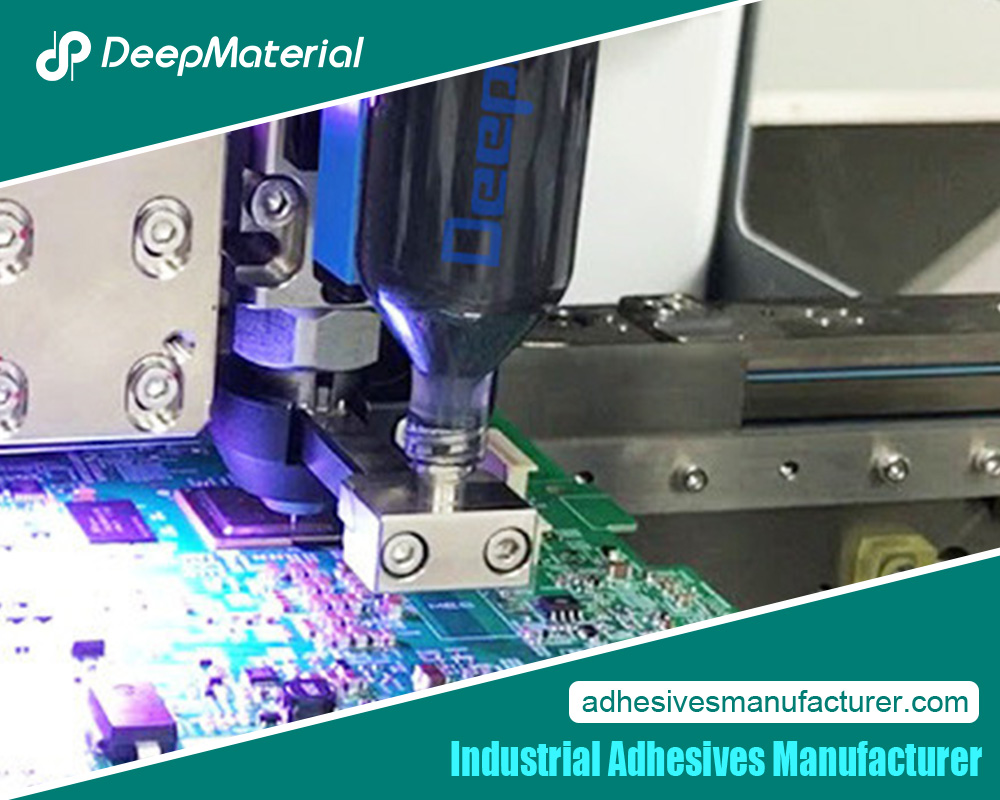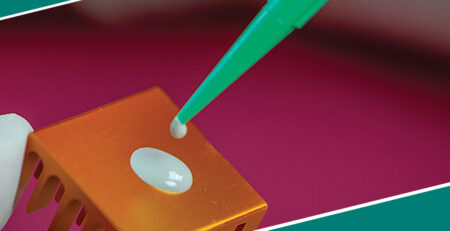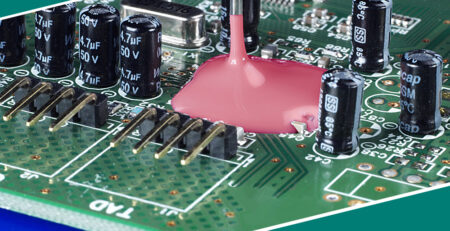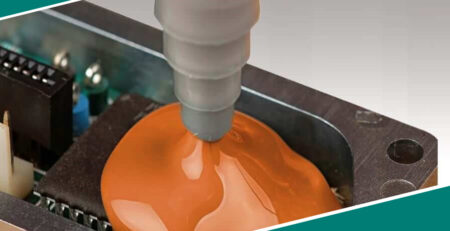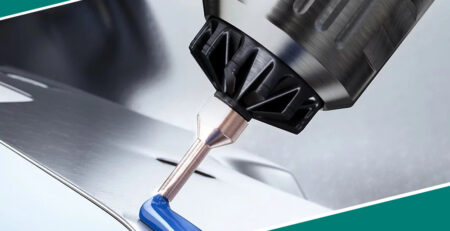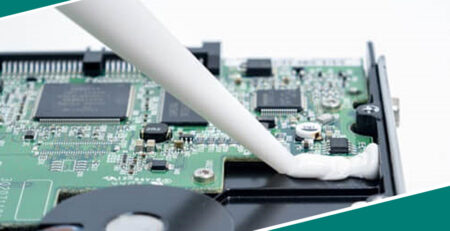The Role of Curing Agents in Low Temperature Epoxy Adhesive Systems
The Role of Curing Agents in Low Temperature Epoxy Adhesive Systems
Low temperature epoxy adhesive systems are a type of adhesive that is designed to cure at temperatures below the typical curing temperature of epoxy adhesives. These adhesives are commonly used in applications where high temperature curing is not feasible or desirable. The curing process of epoxy adhesives is facilitated by the use of curing agents, which play a crucial role in achieving optimal adhesive performance.
In this post, our goal is to discuss the importance of curing agents in epoxy adhesives and discuss the different types of curing agents used in low temperature epoxy adhesive systems.

Understanding the Importance of Curing Agents in Epoxy Adhesives
Curing agents are essential components in epoxy adhesives as they initiate and control the curing process. The curing process involves the chemical reaction between the epoxy resin and the curing agent, which leads to the formation of a crosslinked network. This crosslinked network gives the adhesive its strength and durability. Without the presence of a curing agent, the epoxy resin would remain in a liquid or semi-solid state and would not be able to form a strong bond.
The choice of curing agent has a significant impact on the properties of the cured adhesive. Different types of curing agents can result in variations in adhesive strength, flexibility, chemical resistance, and thermal stability. Therefore, it is crucial to select the appropriate curing agent based on the specific requirements of the application.
Types of Curing Agents Used in Low Temperature Epoxy Adhesive Systems
There are several types of curing agents that can be used in low temperature epoxy adhesive systems. The most commonly used types include amine-based curing agents, anhydride-based curing agents, and catalysts.
Amine-based curing agents are widely used in epoxy adhesives due to their fast curing time and excellent adhesive properties. They react with the epoxy resin to form a crosslinked network, resulting in high strength and good chemical resistance. Amine-based curing agents are suitable for a wide range of applications and can be used in various environmental conditions.
Anhydride-based curing agents are another popular choice for low temperature epoxy adhesive systems. They offer excellent heat resistance and are often used in applications where high temperature resistance is required. Anhydride-based curing agents have a slower curing time compared to amine-based curing agents but provide superior thermal stability.
Catalysts are a type of curing agent that accelerates the curing process of epoxy adhesives. They are often used in combination with other curing agents to achieve faster curing times. Catalysts are particularly useful in applications where quick bonding is required, such as in the assembly of electronic components.
Factors Affecting the Selection of Curing Agents for Epoxy Adhesives
When selecting a curing agent for epoxy adhesives, several factors need to be considered. These factors include the substrate materials, environmental conditions, and the required adhesive properties.
The substrate materials play a crucial role in determining the compatibility of the curing agent with the adhesive. Different curing agents may have different affinities for specific substrates, and using an incompatible curing agent can result in poor adhesion or even failure of the bond. It is important to consider the chemical composition and surface characteristics of the substrate when selecting a curing agent.
Environmental conditions, such as temperature and humidity, can also affect the performance of epoxy adhesives. Some curing agents may be more suitable for high temperature environments, while others may perform better in low temperature or wet conditions. It is essential to choose a curing agent that can withstand the specific environmental conditions of the application.
The required adhesive properties, such as strength, flexibility, and chemical resistance, should also be taken into account when selecting a curing agent. Different curing agents can result in variations in these properties, and it is important to choose a curing agent that can meet the specific requirements of the application.
The Role of Curing Agents in Achieving Optimal Adhesive Performance
Curing agents play a crucial role in achieving optimal adhesive performance in epoxy adhesives. They have a direct impact on the adhesive strength and durability, as well as the overall performance of the adhesive.
The choice of curing agent can significantly affect the adhesive strength of epoxy adhesives. Different curing agents can result in variations in the crosslink density and the degree of network formation, which directly influence the adhesive strength. It is important to select a curing agent that can provide the desired level of adhesive strength for the specific application.
Proper curing conditions are also essential for achieving optimal adhesive performance. The curing agent must be used in the correct ratio with the epoxy resin, and the curing process should be carried out at the recommended temperature and humidity levels. Deviating from the recommended curing conditions can result in incomplete curing or poor adhesive performance.
Effect of Curing Agents on the Mechanical Properties of Epoxy Adhesives
Curing agents have a significant impact on the mechanical properties of epoxy adhesives. The choice of curing agent can affect properties such as tensile strength, flexural strength, and impact resistance.
Tensile strength refers to the ability of an adhesive to withstand pulling forces. Different curing agents can result in variations in tensile strength, with some providing higher strength than others. The choice of curing agent should be based on the specific tensile strength requirements of the application.
Flexural strength is a measure of an adhesive’s ability to withstand bending forces. The choice of curing agent can affect the flexural strength of epoxy adhesives, with some curing agents providing higher flexural strength than others. It is important to select a curing agent that can meet the specific flexural strength requirements of the application.
Impact resistance refers to an adhesive’s ability to withstand sudden impacts or shocks. The choice of curing agent can affect the impact resistance of epoxy adhesives, with some curing agents providing better impact resistance than others. It is important to select a curing agent that can provide the desired level of impact resistance for the specific application.

Conclusion
Curing agents play a crucial role in achieving optimal adhesive performance in low temperature epoxy adhesive systems. They facilitate the curing process and have a direct impact on adhesive properties such as strength, flexibility, chemical resistance, and thermal stability. The selection of the appropriate curing agent is essential to ensure that the adhesive meets the specific requirements of the application.
Future trends in the development of curing agents for epoxy adhesives include improved compatibility with various substrates, enhanced performance in extreme environments, and the development of eco-friendly curing agents. These advancements will expand the range of applications for epoxy adhesives and provide more options for engineers and designers.
For more about a complete guide to industrial adhesive manufacturers and their products,you can pay a visit to Deepmaterial at https://www.adhesivesmanufacturer.com/ for more info.

